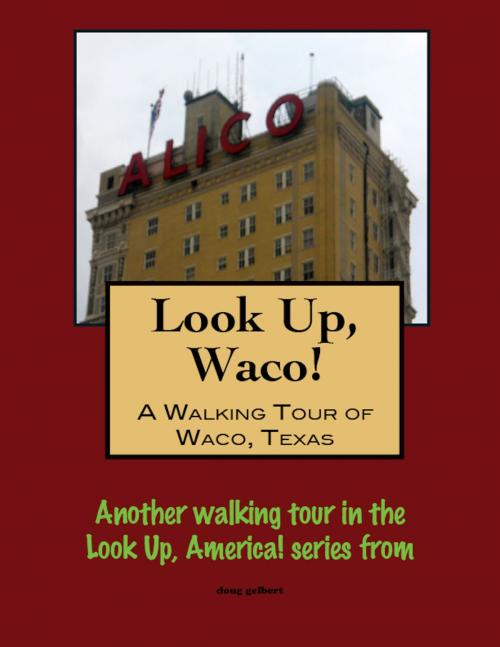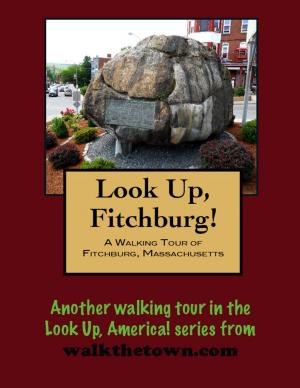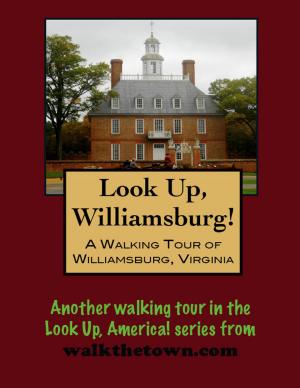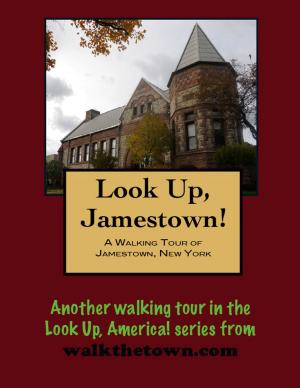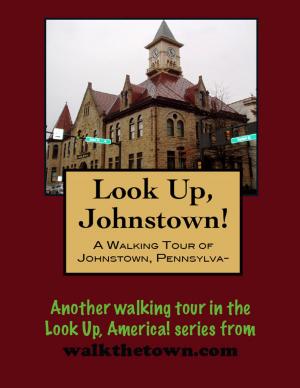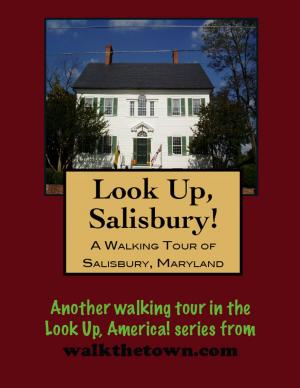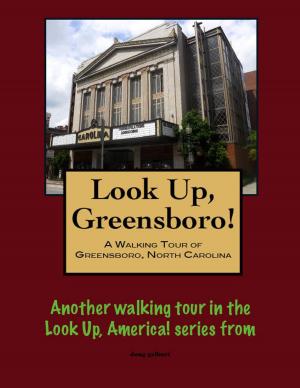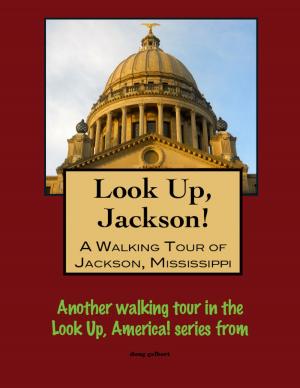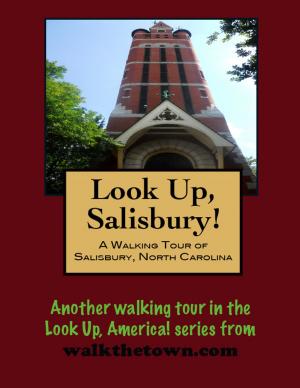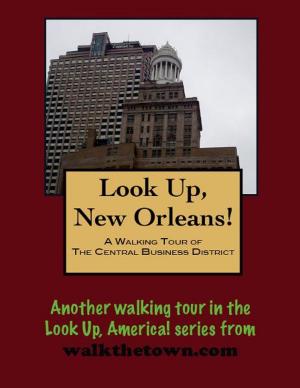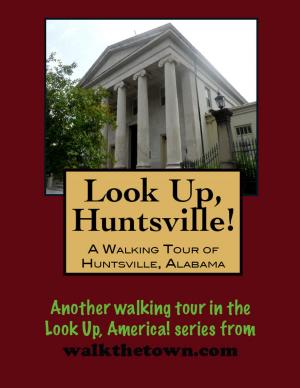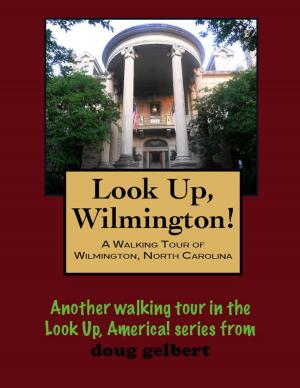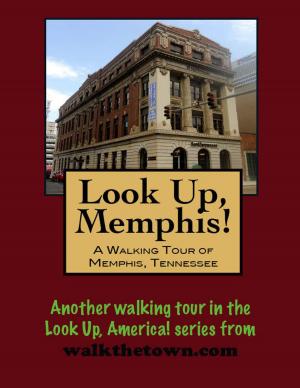| Author: | Doug Gelbert | ISBN: | 9781301115211 |
| Publisher: | Doug Gelbert | Publication: | June 18, 2013 |
| Imprint: | Smashwords Edition | Language: | English |
| Author: | Doug Gelbert |
| ISBN: | 9781301115211 |
| Publisher: | Doug Gelbert |
| Publication: | June 18, 2013 |
| Imprint: | Smashwords Edition |
| Language: | English |
There is no better way to see America than on foot. And there is no better way to appreciate what you are looking at than with a walking tour. Whether you are preparing for a road trip or just out to look at your own town in a new way, a downloadable walking tour from walkthetown.com is ready to explore when you are.
Each walking tour describes historical and architectural landmarks and provides pictures to help out when those pesky street addresses are missing. Every tour also includes a quick primer on identifying architectural styles seen on American streets.
When Stephen F. Austin and his colonizers first happened on the Brazos River in the 1820s they found a band of Wichita Indians known as the Wacos living in the rich bottomlands. Austin first tried to destroy the village and then settled for making a treaty which accomplished the same thing. After the Wacos left the area George B. Erath, a surveyor representing land speculators from Galveston, named the town he laid out after the original settlers.
The new Waco citizens lined up with the Confederacy and even produced a handful of high-ranking CSA officers but as soon as the Civil War ended the town's leaders got down to drumming up business. Their solution was a bridge across the Brazos River and the pioneering 475-foot Waco Suspension Bridge was completed in 1870.
Waco now had the only bridge across the Brazos River and soon cattle herds on the Chisholm Trail were being driven through downtown streets. The bridge attracted so much traffic that nickel tolls paid off its $141,000 cost within twenty years. As Waco grew cotton fueled its economy and the community entered the 20th century as the sixth largest city in Texas.
Steady growth was stalled at 4:36 in the afternoon of May 11, 1953 when a rare F5 tornado hit the downtown area. More than 600 people were injured and 114 died as the funnel roared thought the heart of the business district. Only ten tornadoes in American history have been deadlier. Damage was estimated at over $41 million and hundreds of businesses were destroyed, forever altering the Waco streetscape.
In the aftermath of the tornado Waco energetically rebuilt but by the 1960s downtown was a ghost town. The wind spout was not the culprit, however. Suburbanization was sapping the life from Waco as it did to countless towns across the American landscape. Revitalization came to the rescue in the 1990s, first with Baylor University and then with downtown. Our walking tour will investigate the streetscape six decades after the Waco tornado and we will begin on historic Waco Square...
There is no better way to see America than on foot. And there is no better way to appreciate what you are looking at than with a walking tour. Whether you are preparing for a road trip or just out to look at your own town in a new way, a downloadable walking tour from walkthetown.com is ready to explore when you are.
Each walking tour describes historical and architectural landmarks and provides pictures to help out when those pesky street addresses are missing. Every tour also includes a quick primer on identifying architectural styles seen on American streets.
When Stephen F. Austin and his colonizers first happened on the Brazos River in the 1820s they found a band of Wichita Indians known as the Wacos living in the rich bottomlands. Austin first tried to destroy the village and then settled for making a treaty which accomplished the same thing. After the Wacos left the area George B. Erath, a surveyor representing land speculators from Galveston, named the town he laid out after the original settlers.
The new Waco citizens lined up with the Confederacy and even produced a handful of high-ranking CSA officers but as soon as the Civil War ended the town's leaders got down to drumming up business. Their solution was a bridge across the Brazos River and the pioneering 475-foot Waco Suspension Bridge was completed in 1870.
Waco now had the only bridge across the Brazos River and soon cattle herds on the Chisholm Trail were being driven through downtown streets. The bridge attracted so much traffic that nickel tolls paid off its $141,000 cost within twenty years. As Waco grew cotton fueled its economy and the community entered the 20th century as the sixth largest city in Texas.
Steady growth was stalled at 4:36 in the afternoon of May 11, 1953 when a rare F5 tornado hit the downtown area. More than 600 people were injured and 114 died as the funnel roared thought the heart of the business district. Only ten tornadoes in American history have been deadlier. Damage was estimated at over $41 million and hundreds of businesses were destroyed, forever altering the Waco streetscape.
In the aftermath of the tornado Waco energetically rebuilt but by the 1960s downtown was a ghost town. The wind spout was not the culprit, however. Suburbanization was sapping the life from Waco as it did to countless towns across the American landscape. Revitalization came to the rescue in the 1990s, first with Baylor University and then with downtown. Our walking tour will investigate the streetscape six decades after the Waco tornado and we will begin on historic Waco Square...
